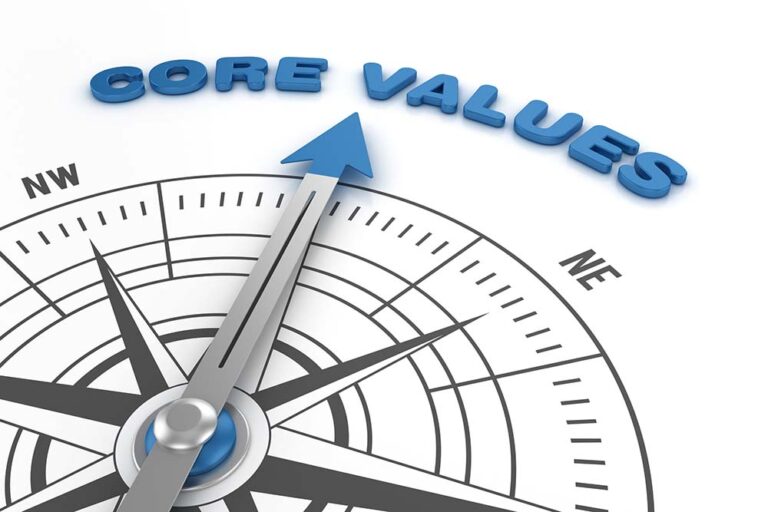Finding the right person to fill a critical role is often a challenge. When a poor-fit candidate is selected, the costs associated with correcting the hire can be much higher than typical employee turnover costs. Beyond the financial impact, colleagues and culture also suffer when an individual fails to meet expectations in a leadership role.
In my work with organizations of varying sizes in a variety of industries, I impress upon the executive team that the selection process isn’t separate from company values and culture. To succeed in creating a strong organizational culture with high employee engagement, you can’t focus solely on those who are part of the team already. The candidate selection process needs to reinforce and reaffirm organization-wide cultural tenets and strategic priorities. And whether candidates are external or internally sourced, the selection process also needs to be transparent, fair, and equitable.
Planning for Selection Success
Doing important work up front, well ahead of any job postings or interview arrangements, can help ensure that your critical hires align with your organizational priorities and culture. A critical piece of hiring success for leadership is identifying the personality profile of a successful candidate. To do this, we speak with the hiring manager and the incumbent in the role currently to understand what is needed for the role. We ask questions like:
- What are the strategic business outcomes linked to this position?
- What problems or opportunities are associated with the role?
- What is the culture the leader is inheriting within a team or department?
- Why was the previous person unsuccessful?
- What personality traits do you see as necessary for the successful candidate?
By using data in the selection process, we can be sure the hiring experience won’t be based on popularity or who had the best one-liner in an interview.
The next step is to identify the elements that need to show up strongly for candidates in an evaluative instrument like the Hogan Assessment that is used to assess suitability. This instrument evaluates personality traits to effectively predict performance.
Many organizations often build their candidate pool from those who are interested in a role, and then choose who interviews best. But that approach doesn’t allow hiring managers to match individuals to a role in which he or she can succeed. A person may interview beautifully and already know many people in the department with the opening. But will that person’s skills and preferred ways to work translate well to the new role?
An interview alone can’t tell us. But by using data, we can be sure the hiring experience won’t be based on popularity or who had the best one-liner in an interview.
Remember, all the good work your organization is doing around culture, engagement, and diversity cannot be ignored when it comes to hiring. When assessing candidates, organizations that focus on increased DEI need to not only look at race and gender but also thought diversity, work style, and openness to different points of view to support a truly diverse workforce.
Bringing together all the information available, we can develop a candidate profile that clearly outlines the traits and qualities an individual needs to be successful in the role.
The language in the candidate profile won’t make its way into a posted job description. But it can help inform the responsibilities of the role and guide emphasis on key skills that candidates should possess.
Candidates Enter the Mix
Once we have a strong outline of the type of person who will be successful in a particular role, it’s time to release the job description and invite candidates to apply and interview. Concurrent with interviews, candidates take a Hogan Assessment, which tells us how well they could match up to the profile created for the role.
If a candidate is already inside the organization and has taken a Hogan Assessment for leadership development, the candidate should be invited to retake the assessment with the target role in mind, if they would like to have that opportunity. They could also request an outside administrator of the assessment to ensure they feel like the process is unbiased and completely fair. In my experience, there is little difference in the outcomes of a supplementary assessment conducted during the interview process. But it enables the candidate to feel empowered to put their best foot forward, and it may provide the hiring team with more current insights.
The assessment reveals information like:
- How does the person respond under pressure and stress?
- What motivates them?
- What are their preferred work styles?
- What’s their approach to the work?
- Are they sensitive to others, demonstrating a high EQ?
- Are they curious learners, ready to embrace new skills?
- Are they collaborative?
- Do they properly assess problems and have what it takes to solve them?
When to Discuss Assessments
In my experience, it’s ideal to bring forward the assessment “readouts” after the interview stage. When the hiring team narrows down the candidate pool, it is time to answer questions about suitability and any concerns that arose during interviews. The assessment shows which candidates are “best fit,” “moderate fit,” and “poor fit.” A poor fit candidate won’t automatically be eliminated, but the reasons for their rating will need to be addressed. That could look like modifying the work style for the role or amending a particular responsibility.
Bringing personality assessments into the selection process minimizes rater bias and “best behavior blinders.”
However, if it’s clear that a candidate’s values are not aligned with the organization’s culture, no number of modifications will make them a fit at any level. For example, a recent selection process yielded a candidate that everyone agreed was the best fit. Based on the persona he presented during interviews, the hiring manager and the company felt that this person was the end of all their problems. In fact, he was just the beginning. This candidate was abrasive, mistrustful, and solitary when under stress. This made building trust nearly impossible with his direct reports as they did not bring him problems until the last moment. They feared his abrasive and distrustful inquiries. Subsequently, this person was fired since he was unable to build a successful team that was able to deliver to the business. This was a costly mistake that resulted in time lost working toward company goals along with significant financial resources required to remove him and hire a new leader. He presented himself as an ideal fit for the role and presented his “Sunday Best” and not his authentic self in the interview process.
Bringing personality assessments into the selection process reduces selector bias and “best behavior blinders” that hiring managers can get when they hope to see a quick end to a critical hiring effort. The team knows up front who they are looking for based on the candidate profile, and, if questions arise, we look to the data to predict future behavior and capability in a role.
Selection Profiles Aren’t Evergreen
Selection profiles require a significant investment of time to get right. And once they are complete and approved, they guide the hiring and placement process in achieving the goals of the organization. However, there are times when they need to be reviewed and updated.
When do you need to revisit or revaluate selection profiles?
- When the company strategy changes
- When different emphasis is placed on core values
- When organizational initiatives change
Setting up a highly strategic and culturally rooted selection process can help the hiring process go smoothly while also ensuring that it is transparent, fair, and equitable. Ultimately, it sets up the organization to achieve its goal: a successful placement that adds value to both the organization’s bottom line and its culture.








